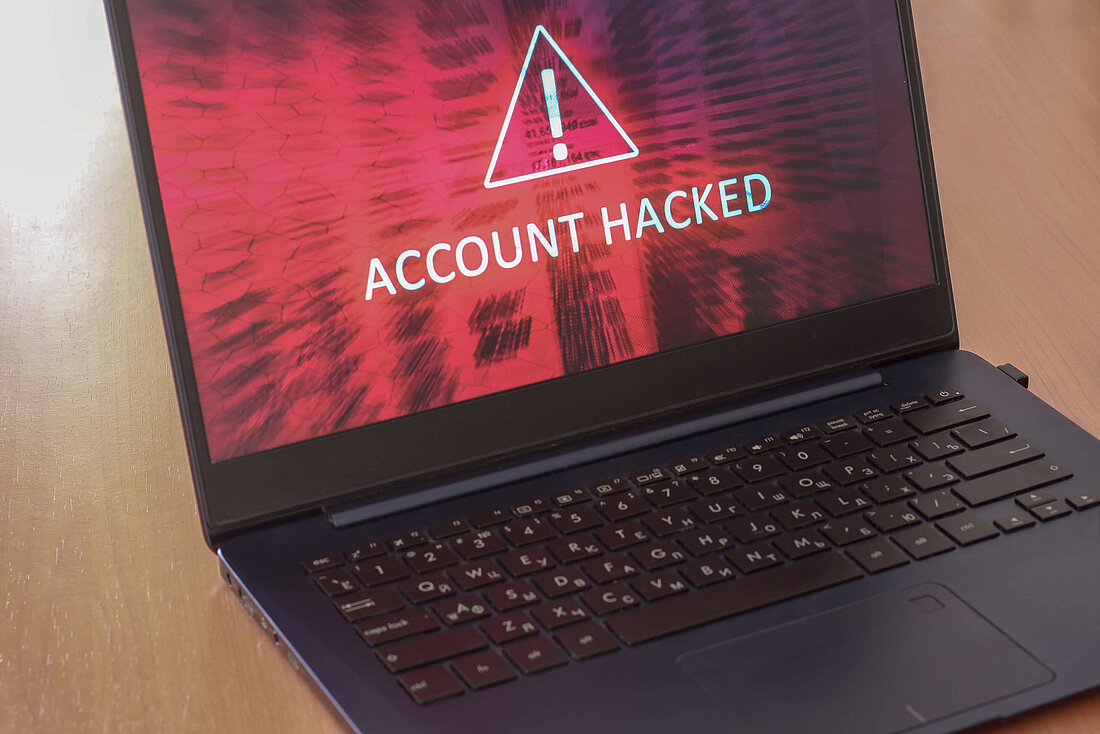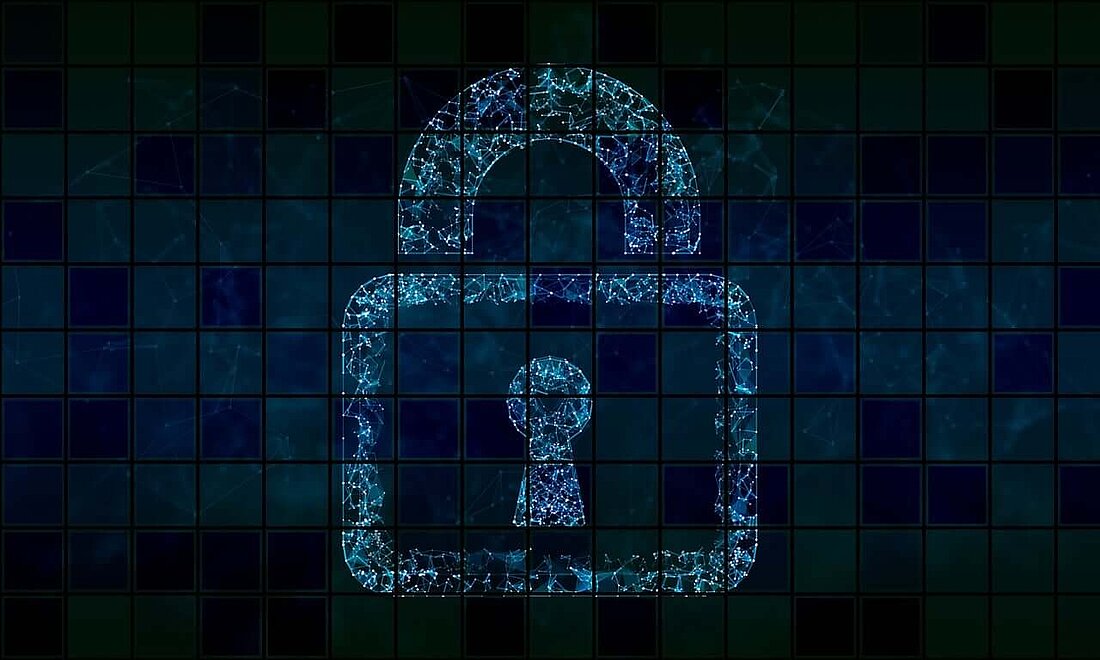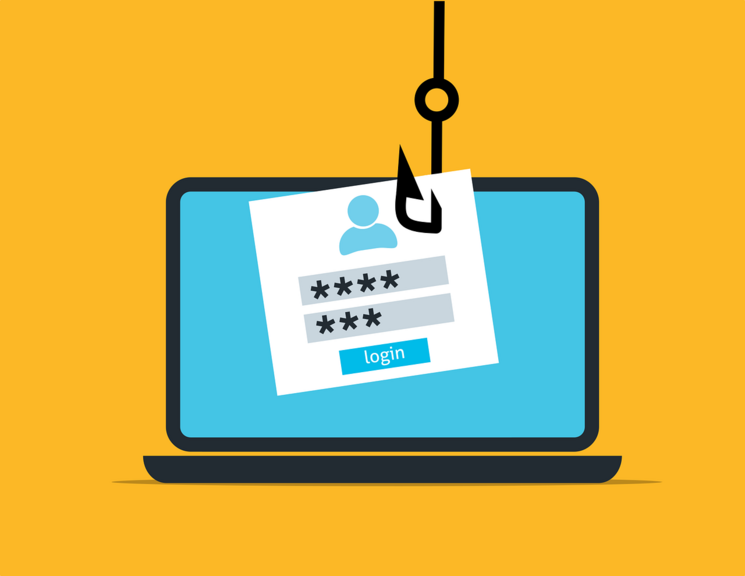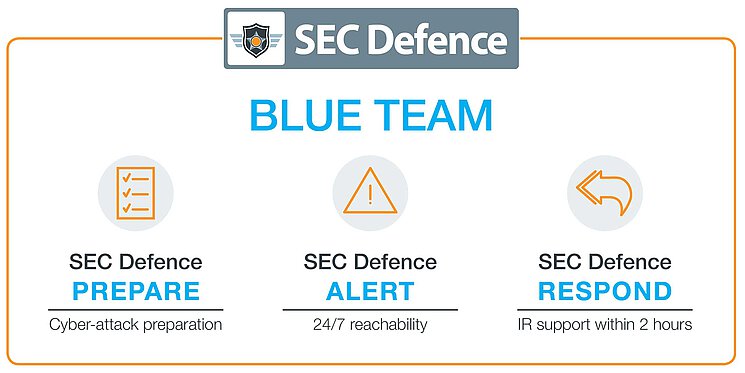Among the most nefarious challenges is the rise of ransomware, a malicious software that has become a significant threat to individuals, businesses, and governments worldwide.
Extortion attacks are attacks on multiple levels
Ransomware attacks are usually attacks on two levels. The first means of pressure is encryption of company data. The systems or the files on them are rendered unusable within a short time, process chains fail, and the company comes to a standstill. The tendency to pay a ransom is related to the extent of the damage: Did the backups survive the attack? How long would it take to restore the system landscape?
A short time later, the attackers apply a second pressure point, because even before the data is encrypted, it is often stolen. Unless the ransom for the sensitive data is paid, they threaten to publish or sell it.
At this point, at the latest, the search for culprits begins. In most cases, the gateway was a phishing email that was opened. Often, the blame lies with the person who clicked. This is a questionable approach because it is an inadmissible simplification.





